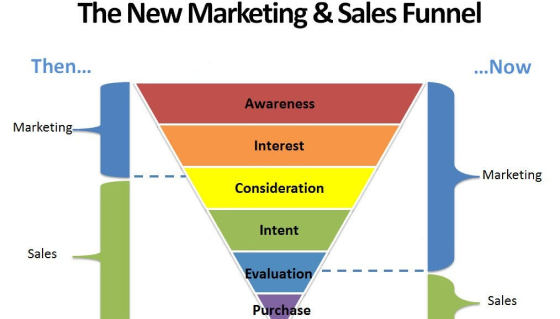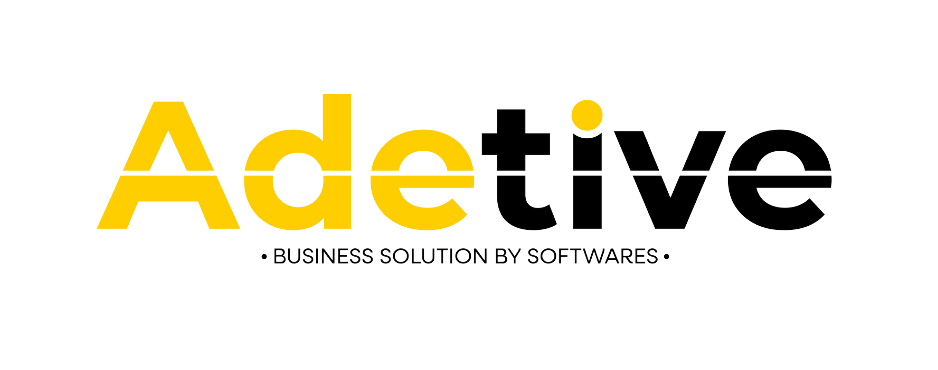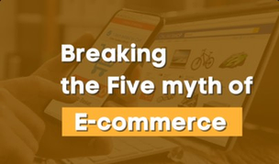
Back
WHY EVERY BUSINESS NEEDS A FULL-FUNNEL MARKETING STRATEGY

-
Every business needs a full-funnel marketing strategy because it allows them to reach their target customers throughout the entire customer journey.
-
A full-funnel marketing strategy helps businesses to create awareness, build relationships, drive conversions and increase revenue. It also allows companies to track the success of their campaigns and adjust them accordingly.
-
By having a full-funnel marketing strategy in place, businesses can ensure that their marketing efforts are bringing in the highest return on investment.
Five essentials of full-funnel marketing :
Brand-building measurement :
-
Awareness :
Track brand awareness through surveys and online polls to gauge how many people know about your brand and what they think of it. -
Consideration :
Track website visits, online searches, and social media engagements to measure how many people are actively considering your brand. -
Conversion :
Monitor sales, leads, and web purchases to determine how many people have converted into customers. -
Retention :
Track customer lifetime value, customer satisfaction, and loyalty programs to measure how well your brand is retaining customers. -
Advocacy :
Track customer reviews and referrals to determine how many people are actively advocating for your brand.
A unified set of KPIs:
-
Reach/Impressions : The number of people who have seen your content, ads, or other marketing activities.
-
Engagement Rate : The percentage of people who have interacted with your content, ads, or other marketing activities.
-
Conversion Rate : The percentage of people who have completed a desired action (such as making a purchase or signing up for an email list)
-
Average Order Value (AOV) : The average amount spent by customers on each purchase.
-
Customer Lifetime Value (LTV) : The total amount of money a customer spends over the course of their relationship with you.
-
Cost Per Acquisition (CPA) : The amount of money spent to acquire a new customer.
-
Click-Through Rate (CTR) : The percentage of people who clicked on a link or ad.
-
Return on Investment (ROI) : The total amount of money earned from a marketing campaign, divided by the total amount spent.

The Regular myths around b2b e-commerce have to change. These are the persuading myths around b2b e-commerce.
An updated media mix model for integrated spending :
-
A media mix model for integrated full funnel marketing should include a variety of digital and traditional channels. The model should consider inputs such as consumer data, brand performance metrics, and media effectiveness metrics.
-
It should consider outputs such as reach, impressions, clicks, conversions, and sales. The model should also take into account the different stages of the customer journey, from awareness to consideration to conversion.
-
The model should also include a budget allocation tool that takes into account the varying costs of different channels and the desired results. This tool should allow for optimization based on goals and objectives, and should provide a comprehensive view of the customer journey from initial engagement to sale.
-
Finally, the model should include reporting and analytics capabilities to measure ROI across all channels and measure the overall effectiveness of the media mix. Tracking of metrics such as customer engagement, conversions, and media ROI should be included as well. This will help marketers make informed decisions about their media mix and optimize their budget and spending.
A full-funnel operating model:
-
The full-funnel operating model of full funnel marketing is an integrated approach to marketing that encompasses all stages of the customer journey. It begins with the top of the funnel, where prospects are attracted and nurtured, and continues through the middle of the funnel where they are converted, and finally to the bottom of the funnel where the customer is retained and the lifetime value of the customer is maximized.
-
At the top of the funnel, marketers focus on creating targeted content and campaigns to attract prospects. This includes content marketing, search engine optimization, and social media campaigns.
-
In the middle of the funnel, marketers focus on lead conversion and nurturing. This includes lead scoring, email marketing, and remarketing campaigns.
-
At the bottom of the funnel, marketers focus on customer retention and loyalty. This includes customer service, loyalty programs, and post-purchase engagement.
-
The full-funnel operating model of full funnel marketing provides an integrated approach to marketing that helps companies drive growth and maximize the lifetime value of their customers.








